It’s time for Portland to invest in street trees & community
Across the United States, many cities take responsibility for street trees and tree-related sidewalk repair. But here, in Portland, public tree care is left to private individuals who own adjoining property. Not surprising, many people cannot afford this maintenance burden and often go without trees or plant small ones. This has resulted in summertime temperature disparities of up to 13 degrees among neighborhoods. [Learn about the connection between racist redlining practices and tree canopy.(3 min video)]
After 60 Portland neighbors perished in the June 2021 heat dome event, organizations are gathering to demand that the City create a fully-funded proactive street tree management program. Read the Shade Equity Coalition’s sign-on letter to City Council summarized in public comment after the March 16 canopy report (min 1:01.25).
Funding street tree care is an investment in people, public health, and resiliency. Community members have an essential role to play in planting and caring for new trees and this field holds great potential for new living wage green jobs for people living in historically underserved neighborhoods. See “Growing a more equitable urban forest, Portland’s city-wide tree planting strategy.” Sadly, Portland took a step in the opposite direction during the 2021-2022 planting season; Friends of Trees volunteers were not able to plant 2500 street trees due to permitting issues between BES and Parks & Recreation. With enough public engagement, we hope that hundreds of trained volunteers and frontline community groups will join together again in the streets planting & caring for new trees in 2022-2023.
Depending on our choices now, Portlanders of 2050 will be either a)suffering in extreme heat or b)grateful we had the foresight to organize ourselves to plant/protect/maintain large shade trees on their behalf. Please contact us if your organization would like to join the Shade Equity Coalition.
April 14 Yale Forest Forum presentation by Dr. Mayra Rodríguez González: “Tree planting strategies that account for community health and demographics”
